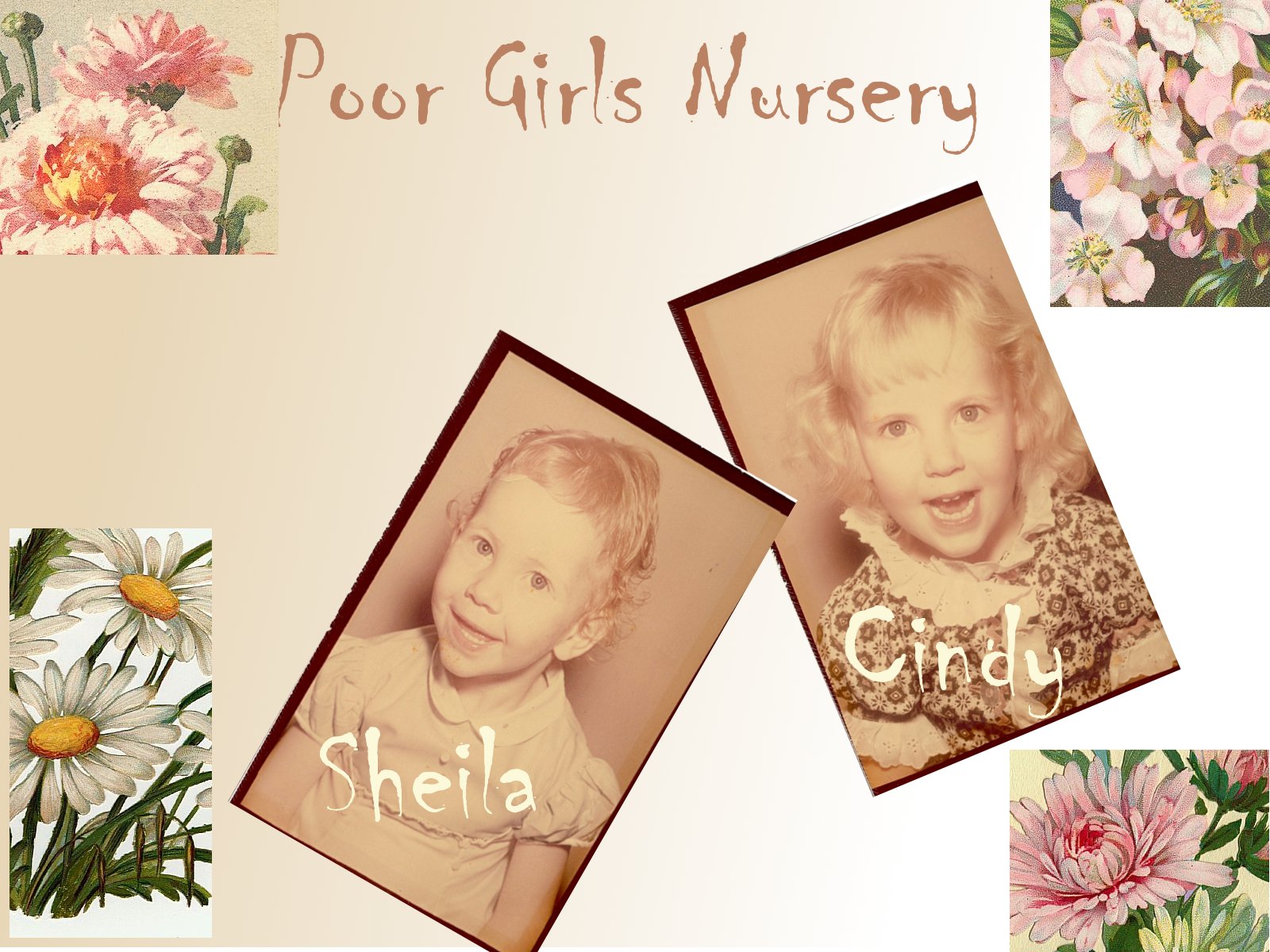Growing and Caring for
Rhododendrons and Azaleas
by Michael J. McGroarty
You are welcome to use this article on your website or in your newsletter as long as you reprint it as is, including the contact information at the end. You must include an active link back to the author's website, as well as an active link back to http://gardening-articles.com
Azaleas can be either evergreen or deciduous. Deciduous Azaleas are known as Mollis or Exbury Azaleas. They bloom in the early spring with vivid orange and yellow colors. They can be grown from seed if the seeds are collected in the fall and sown on top of moist peat at about 70 degrees F. Evergreen Azaleas are known as broadleaf evergreens because they are do not have needles. They bloom later in the spring, and are usually propagated in the fall over bottom heat, discussed in detail at http://www.freeplants.com Rhododendrons are also broadleaf evergreens and are also propagated over bottom heat in early winter.
The best time to prune Rhododendrons and Azaleas is in the spring right after they bloom. These plants start setting next year's flower buds over the summer, so late pruning will cost you some blooms next year, so get them pruned as soon as they finish blooming. It’s also a good idea to pick off the spent blooms so the plants don’t expel a lot of energy making seeds, unless of course you’d like to grow them from seed. But keep in mind that they don’t come true from seed.
Seeds from a red Rhododendron are likely to flower pale lavender. Cuttings ensure a duplicate of the parent plant.
How do you prune Rhododendrons and what does pinching a Rhododendron mean? These are frequently asked questions.
Pinching is a low impact form of pruning that is very effective for creating nice, tight full plants when you are growing small plants from seeds or cuttings. Typically a Rhododendron forms a single new bud at the tip of each branch. This new bud will develop into another new branch, another bud will form and the process will continue. If left alone this will produce a very lanky plant with a lot of space between the branches forming a very unattractive plant.
So if you are starting with a plant that is nothing more than a rooted cutting all you have to do is pinch off this new growth bud as soon as it is about 3/8” long. Just grab it between your fingers and snap it completely off. When you do this the plant usually responds by replacing that single bud with two, three, or even four new buds in a cluster around the bud that you pinched off. Each one of these buds will develop into branches and eventually a single bud will appear at the tip of each of these branches, and of course you should come along and pinch each one of those off, forcing the plant to produce multiple buds at the end of each of these branches.
The more often you pinch off these single buds, the more branches the plant will form, making a nice, tight, full plant. This is especially helpful with young plants such as rooted cuttings or young seedlings.
But what about larger plants, how do I prune them? I prune mine with hedge shears!!! I just have at it and trim them like I would a Taxus or a Juniper, and guess what? The result is a very tight compact plant loaded with beautiful flowers. My Rhododendrons are so tightly branched that you can not see through them, and that is the result of vigorous pruning with hedge shears. Sure you can use hand shears, and you’ll have a nicer plant because of it, but I just use the hedge shears because that’s the tool that I happen to have in my hand as I am going by.
Keeping Rhododendrons and Azaleas healthy and happy is a simple as understanding what they like. First of all they like to grow in a climate that suites their tastes. Many varieties of both don’t like it in the north, and to prove the point they will up and die as soon as extreme cold weather hits. Buy plants that are known to be hardy in your area.
Here in zone 5 (northern Ohio) the following Azaleas seem to do well. Hino Crimson (red), Stewartstonia (red), Herbert (lavender), Cascade (white), Delaware Valley (white), and Rosebud (pink). Hardy Rhododendrons include Roseum Elegans (pinkish lavender), English Roseum (pinkish lavender), Nova Zembla (red), Lee’s Dark Purple, Chinoides (white), and Cunningham’s (white).
How should you fertilize Rhododendrons and Azaleas? These broadleaf evergreens are laid back and like to take it slow and easy. Do not fertilize them with quick release nitrogen fertilizers, it could kill them. Instead give them an organic snack, like Millorganite or well rotted cow manure or compost. Millorganite is an organic fertilizer made of granulated sewage sludge.
No it doesn’t smell any worse than other fertilizers, and plants like it because it is plant and soil friendly. It won’t burn the plants, and it actually reactivates the micro-organisms in the soil. That’s a good thing. Most full service garden centers carry Millorganite.
A long time ago somebody let the word out that Rhododendrons are acid loving plants, and people are always asking me if I think their struggling Rhododendron needs more acid. The answer is no. Your struggling Rhododendron probably needs a great big gulp of oxygen around its root system.
Rhododendrons do not like wet feet. They don’t even like high humidity let alone wet soil around their roots. They like to be high and dry, and like an unobstructed flow of oxygen to their roots. You can accomplish this by planting them in a bed raised at least 10” with good rich topsoil. They will be smiling from branch to branch.
A few years back my friend Larry and I had several hundred small Rhododendrons that we were going to grow on to larger plants. We planted most of them in Larry’s backyard which is fairly good soil, but a little sticky. We didn’t have room for all of them so we planted the last 105 down the road from my house in a field we were renting. (Never heard of anybody renting a field? You should get out more.)
This location had absolutely no water for irrigating and the soil was very dry and rocky. Other plants at that location often struggled during the dog days of summer due to the lack of water, but those Rhododendrons were as happy as pigs in mud. They outgrew the ones at Larry’s house by twice the rate and we sold them years earlier than the others.
My point? Rhododendrons don’t like wet feet. They do well in the shade, but contrary to popular belief they do even better in full sunlight.
Michael J. McGroarty is the author of this article. Visit his most interesting website, http://www.freeplants.com and sign up for his excellent gardening newsletter. Article provided by http://gardening-articles.com. If you use this article the above two links must be active.

